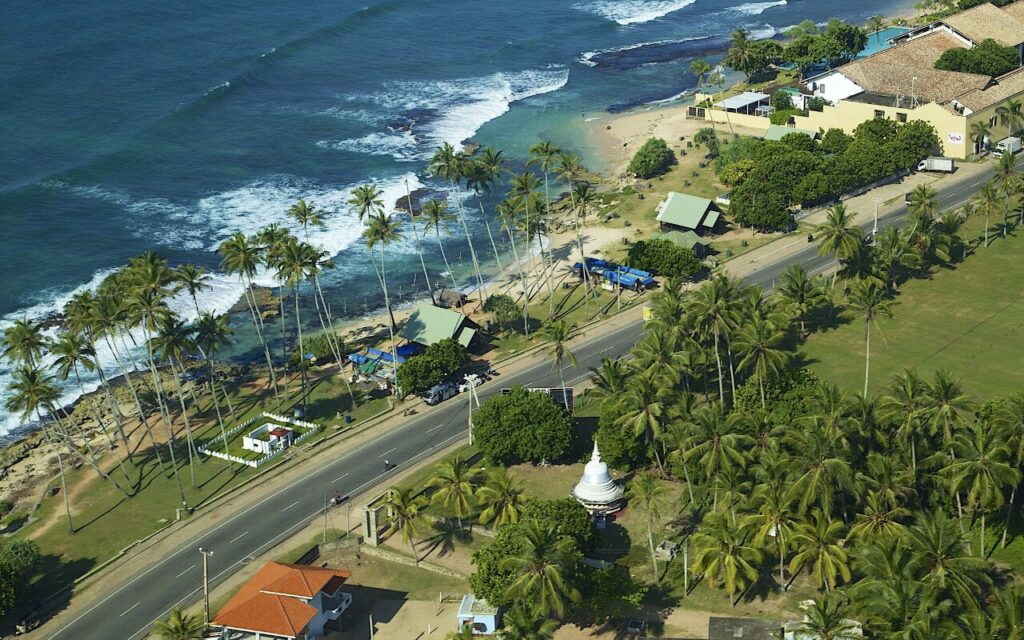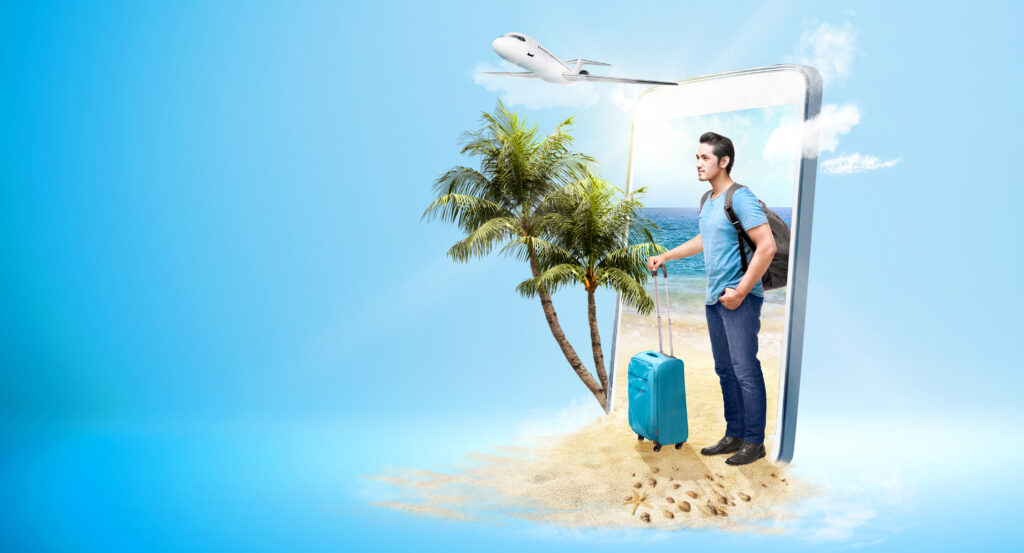Why Sri Lanka should go back on your bucket list?

The pages of Sri Lankan chauffeur-guide Lallagit´s feedback book glow with praise, about everything from his wildlife spotting and explanations of Buddhism to his help finding Strepsils en route.
There´s page after page of reviews until April 2019, and then, practically nothing. The tourists have largely stopped coming. After the bomb attacks in April 2019, Sri Lanka´s foreign tourist numbers plummeted 70 per cent. In June, the UK Foreign Office relaxed its warnings on travel here – but after a month on the no-go list, visitors still stayed away.
In a floppy hat with glasses propped on his forehead, Lallagit is small of stature, cheerful, and exudes an air of unflappable calm, which he attributes to his Buddhist way of life.
Sri Lanka´s chauffeur-guide scheme, where trained drivers share their local knowledge with tourists as they ferry them around, has run for decades. Lallagit paid for the course, studying “culture, business, history” for six months. For nine years, he´s worked with the Experience Travel Group, which arranges trips all over the country. After the trauma of the bombings, Thushni de Silva, the group´s local experience manager, tells me there was another insidious fallout: the decimation of the tourist trade. She says: “when you´re in that situation, everything is very, very dark.”
Lallagit drives us first down the western coast, where I swim in the warm, glass-flat Indian Ocean. Our rooms at Shinagawa Beach Hotel look out to sea; there´s a smattering of tourists. I order lagoon prawns and to my surprise they´re delicious monsters, bigger than lobsters. On the beach, my footprints are the only set dotting the sands. Big crabs scoot over the rocks, and turtles come ashore here to lay their eggs.
“When people come on holiday they form such a strong bond with their chauffeur guides,” says Thushni. “Our clients were so wonderful, they reached out and wanted to help.”
Experience started crowdfunding for the drivers, exceeding its target of €5,000 in two days, and eventually raising €14,000. This money was given to the chauffeur guides as an interest-free loan – any money returned will go to the Foundation of Goodness, a charity that helps local rural communities.
We take a boat trip along the mangrove-hemmed Madu river, spotted by lipstick-pink waterlilies, where kingfishers flash electric blue, leaves are the size of tennis rackets and monkeys swing loopily through the canopy. We see purple herons and green pigeons, cormorants balancing on sticks and watching for fish. Green fruit, poisonous as Snow White apples, hang from the balsa trees and cinnamon trees line the banks; their bark is laid out to dry under woven palm-leaf roofs.
A late monsoon rain begins to fall, big fat raindrops tapdancing on every surface. Sheltered by brollies, we walk barefoot around a temple, where parades of fibreglass followers line up behind Buddha. Schoolgirls with smartie-bright umbrellas cross a bridge ahead. At the River House, a hideaway hotel set in the jungle, we eat banana leaf curry and gloriously salty fried chicken. A monitor lizard sidles up a path beyond the veranda, slow as a snake.
As we drive on, Lallagit tells us how the southern coast was devastated by the tsunami of 2004. The greenery tangles and twists along the seafront and palm trees sway. Our next stop is Galle Fort – built by the Portuguese, it was passed onto Dutch, then British, hands. Statues depict the former masters and their slaves, and we walk around the mossy ramparts which, like so many monumental buildings, were built using forced labour.
This time last year, Lallagit tells me, the streets were packed. Now they´re half asleep. There are a few silhouetted figures, taking selfies along the seafront as the sky smears yellow, pink and orange. Inland, a fraction of a rainbow brackets the sky. Lace-sellers follow us, their tablecloths billowing in the sea breeze. Where the waves lap the pale golden sand, turtles come to frolic as the sun goes down, but it´s too rough today. Fragments of coral and cone-shaped shells jingle on the seafloor.
Our hotel in Galle, La Grand, only opened a year ago. It´s all sleek wood and wall-sized windows, overlooking the hulking fort. This is the busiest place we´ve been, with Sri Lankan tourists visiting from Colombo, and early-morning pool-side wedding photo shoots. We take a tuk-tuk into the countryside and there eat freshly cooked hoppers, fine crispy pancakes made from coconut and rice flour, and onion curry that´s at once sweet, sour and fragrant with cardamom and cinnamon. We drink black tea and eat pieces of jaggery, sugary, sharp and as crumbly as fudge. Thushni ends our conversation on a note of hope.
So they should: amid the meadows and king coconut palms, with Lallagit pointing out a green bee-eater and alerting us to the bleat of an Indian squirrel, it´s hard to imagine a lovelier place to be.
Travel essentials The Experience Travel Group is offering a seven-night stay, B&B, at the stylish five-star Le Grand hotel in Galle from €1,650 per person, including return flights from London to Colombo with Qatar Airways and transfers.

